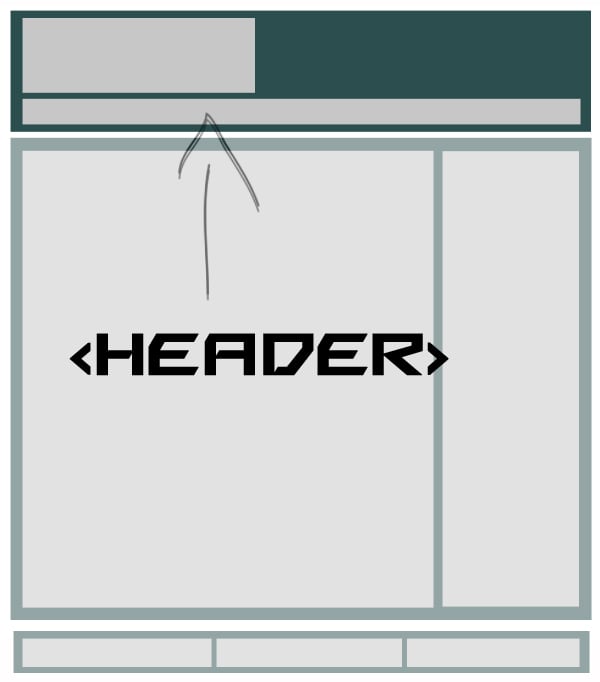在wordpress插件开发中,自定义文章类型是常见的需求。 传统的做法需要编写大量的代码来注册一个自定义文章类型,包括标签、描述、支持的功能等等。如果需要创建多个自定义文章类型,代码将会变得非常冗长且难以维护。 例如,为了创建一个名为“产品”的自定义文章类型,我需要编写如下代码:
register_post_type( 'product', array( 'labels' => array( 'name' => '产品', 'singular_name' => '产品', // ...更多标签... ), 'public' => true, 'has_archive' => true, // ...更多参数...) );
如果需要创建多个自定义文章类型,类似的代码就会被重复很多次。这不仅降低了代码的可读性和可维护性,也增加了出错的可能性。 为了解决这个问题,我找到了WPify/post-type这个强大的库。
WPify/post-type库提供了一个抽象层,简化了WordPress自定义文章类型的创建过程。它通过继承WpifyPostTypeAbstractCustomPostType类,并实现几个关键方法,就可以轻松地注册自定义文章类型。 使用composer安装非常简单:
composer require wpify/post-type
安装完成后,我们可以像下面这样创建一个自定义文章类型:
<?phpuse WpifyPostTypeAbstractCustomPostType;class MyCustomPostType extends AbstractCustomPostType { const KEY = 'my_custom_post_type'; public function get_post_type_key(): string { return self::KEY; } public function get_args(): array { return array( 'label' => __( 'My CPT', 'my-plugin' ), 'labels' => $this->generate_labels( __( 'My CPT', 'my-plugin' ), __( 'My CPTs', 'my-plugin' ) ), 'description' => __( 'Custom post type My CPT', 'my-plugin' ), 'public' => true, 'show_ui' => true, 'show_in_rest' => true, ); }}add_action( 'init', function() { new MyCustomPostType();});?>
这段代码简洁明了,大大减少了代码量,并且可读性更高。 generate_labels 方法自动生成常用的标签,避免了手动编写大量标签的麻烦。 此外,WPify/post-type库还支持对内置文章类型进行操作,例如页面(page)。 例如,如果我想对页面进行一些自定义操作,我可以这样写:
class MyBuiltinPagePostType extends WpifyPostTypeAbstractCustomPostType { const KEY = 'page'; // ...其他方法...}
这使得代码更加模块化和可复用。 总的来说,WPify/post-type库显著地简化了WordPress自定义文章类型的创建过程,提高了开发效率,并增强了代码的可维护性。 如果你正在开发wordpress插件,并且需要创建多个自定义文章类型,我强烈推荐你使用这个库。 它能让你专注于业务逻辑,而不是繁琐的代码细节。 希望这篇文章能帮助你更好地理解和使用WPify/post-type库。 如果你对Composer的使用还有疑问,可以参考这个Composer在线学习地址:学习地址 进一步学习。



















